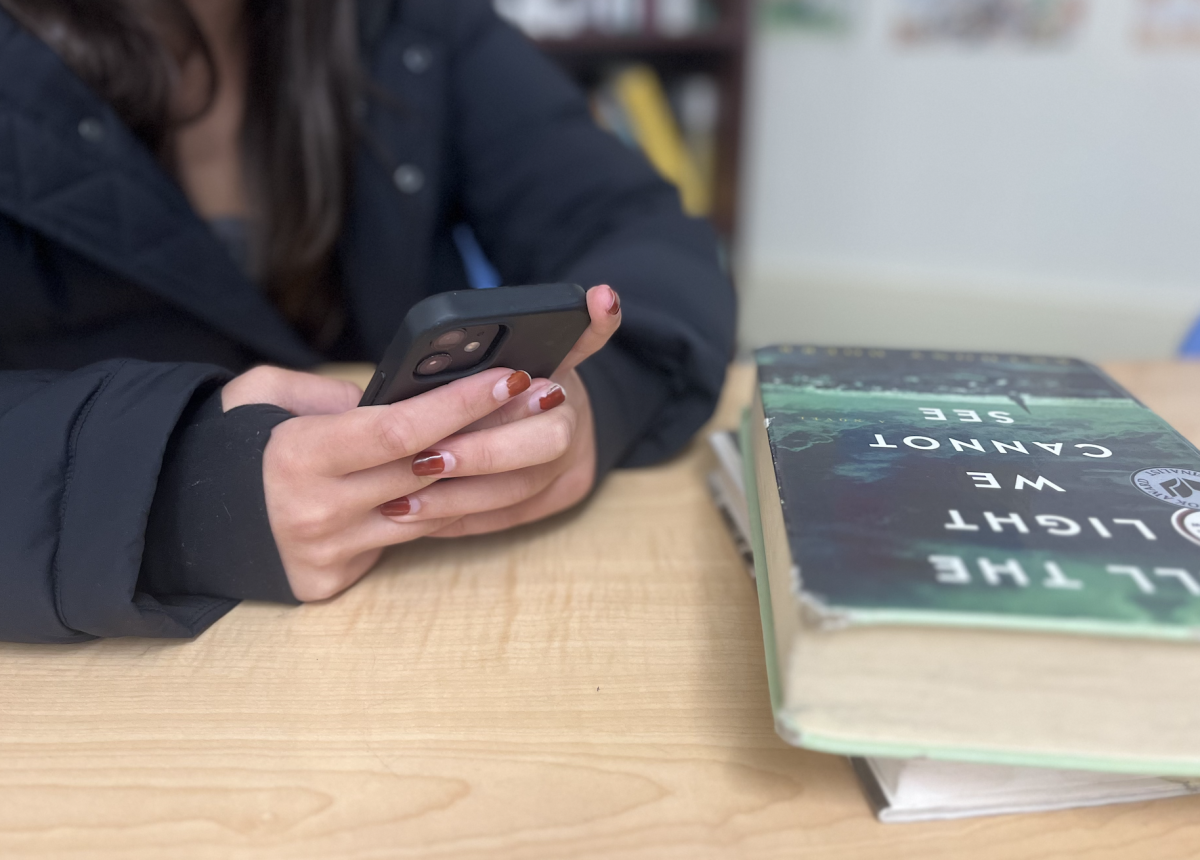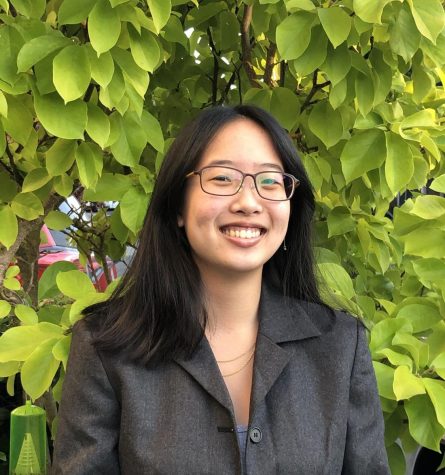“Whenever I was designing my [history] curriculum, I was always looking for the untold story,” Assistant Principal Lisa Kemp said. “And unfortunately, the women’s side of American history is still that untold story.”
 Kemp’s former experience as an Advanced Placement U.S. History (APUSH) teacher exposed her to this inequitable representation, something so significant it warranted March’s alternative moniker: Women’s History Month (WHM). The U.S. recognizes March as a time for “commemorating and encouraging the study, observance and celebration of the vital role of women in American history,” according to its Women’s History website.
Kemp’s former experience as an Advanced Placement U.S. History (APUSH) teacher exposed her to this inequitable representation, something so significant it warranted March’s alternative moniker: Women’s History Month (WHM). The U.S. recognizes March as a time for “commemorating and encouraging the study, observance and celebration of the vital role of women in American history,” according to its Women’s History website.
WHM was first established in Sonoma County, Calif., when a group of women developed the first Women’s History Week celebration in 1978 and eventually gained national recognition. A decade later, this one-week celebration expanded to encompass the entire month, with every president after 1995 recognizing WHM. Today, the government’s website continues to celebrate women, offering an abundance of online exhibits. The exhibits include events with female historians and other resources on female trailblazers, ranging from Hetty Green, the “Witch of Wall Street,” to a feature on the songs of Native American women.
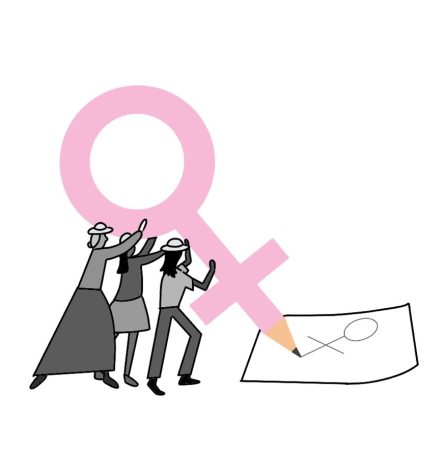 Oftentimes, these small — but crucial — glimpses of women’s history during March are not included in mainstream curricula. When they are, a recurring cast of female leaders is generally emphasized: white women like Elizabeth Cady Stanton or Eleanor Roosevelt, according to a 2017 report by the National Women’s History Museum. Ann Jaime, APUSH, U.S. history teacher and women’s issues historian, echoed this sentiment in her own experience with mainstream lessons. She highlighted Jane Addams, a leader of the Progressive Era’s settlement movement, as a prime example.
Oftentimes, these small — but crucial — glimpses of women’s history during March are not included in mainstream curricula. When they are, a recurring cast of female leaders is generally emphasized: white women like Elizabeth Cady Stanton or Eleanor Roosevelt, according to a 2017 report by the National Women’s History Museum. Ann Jaime, APUSH, U.S. history teacher and women’s issues historian, echoed this sentiment in her own experience with mainstream lessons. She highlighted Jane Addams, a leader of the Progressive Era’s settlement movement, as a prime example.
“Let’s face it: Most of the time we end up learning about Jane Addams and the Hull House. ‘Why?’ Because she succeeded on men’s terms. She started an enterprise. She led it — she did all the ‘dude’ things,” Jaime said. “But the fact of the matter is, at any time in American history, there’s a whole half of the population doing everything they can to support what’s going on [with the current movements]. And they’re doing it every single day.”
Jaime’s commentary provides a direct explanation for WHM’s existence: to celebrate underrepresented stories and contributions of women. However, as a women’s issues historian, colleagues often email her requesting guidance on how exactly to acknowledge WHM. For her, the sudden, 31-day interest is performative.
“[When teachers say], ‘I’m going to do a women’s history thing in the middle of March that’s not tethered to anything we’re actually studying,’ that feels kind of nuts to me,” Jaime said. “I teach it when and where it’s relevant.”
For educators outside the liberal arts, acknowledging relevant women’s history beyond March requires actively integrating women’s challenges into the classroom. Amy Mastromonaco, an Advanced Placement Biology and Living Earth teacher, strives to include lessons about female leadership, despite her rigid science syllabi.
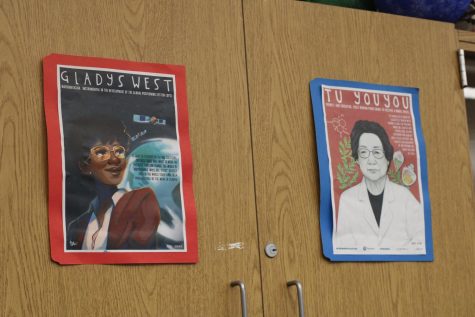
“To be able to build [more perspectives] into the curriculum, I have to be aware of [those perspectives] too,” Mastromonaco said. “[Recently], we were writing about [causes of] cancer and [one of them is] DDT, a pesticide. The person who brought that to light was a woman named Rachel Carson. [This was an] awesome opportunity to bring her into the fold, even if it’s just a five minute, ‘Here’s why she’s a big deal; let’s talk about it.’”
Outside the curriculum, other educators have found ways to incorporate contemporary women’s history, acknowledging the trends of misogyny that continue today. Kemp made these parallels when she taught APUSH and English.
“In my classes, when we talked about feminism, [other women’s issues] or safety, I just asked the girls to share their experiences [today]. Most of the guys had no clue for most of us who do identify as female that it’s [still] different when we go out at night. It’s different when we’re walking home alone or if we’re walking in the city by ourselves,” Kemp said.
Acknowledging women’s history both in and outside of March, as Kemp alludes, goes beyond the integration of women in underrepresented curricula; it requires contemporary empowerment that can foster ambition for women to write their own history.
Local organizations on campus, such as Like A Girl and Daraja Club, have answered this call for contemporary empowerment. Senior Haley Rothbart is the co-president of Like A Girl, a club encouraging girls to step into their power through facilitating different events.
“My main passion in terms of starting Like a Girl was body positivity … and providing a space where girls can learn that, at a young age, there’s so much opportunity for them to make their own path without worrying about what society is influencing them to do,” Rothbart said.

Among other avenues, this space became an Athleta store back in March of 2019, where the club facilitated local workout classes to promote body positivity. Rothbart continues to create and seek out this space for herself, taking encouragement and empowerment from surrounding communities of women.
“It’s so cool to work with other girls and see what they’re up to, what impact they want to make on the world and to learn from them,” Rothbart said. “And I just think empowering [women] to know the capacity they have on their own — but also through the community of female empowerment — is something no one else can understand unless you’re a girl yourself.”
Senior Arianna Ayaz shares Rothbart’s philosophy of learning via empowerment. Growing up with an immigrant parent from Afghanistan, Ayaz was raised with the importance of education in life, a perspective that became nuanced with the intersection of gender. Ayaz is the co-president of Redwood’s Daraja Club, a club that raises money and awareness for a girls’ academy in Kenya.
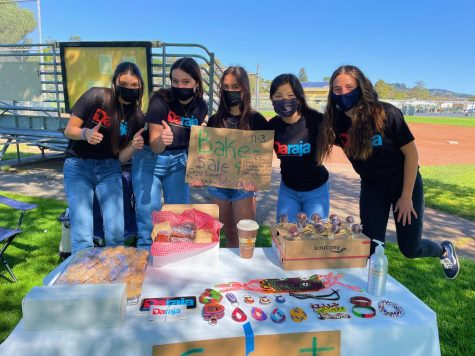
“The focus of Daraja Academy is around girls’ empowerment, especially because a lot of girls who come to Daraja Academy face child marriage and poverty,” Ayaz said. “[Daraja Academy] wants these girls to have a sense of identity, purpose [and] empowerment through their education [so] they can make a change and become community leaders.”
At large, WHM has also pushed for this type of empowerment. Specifically in one of the National Museum of American History’s exhibitions titled, “Girlhood (it’s complicated),” it expresses how, with encouragement, women have shaped the modern world; a theme Ayaz and Rothbart emphasize in their work.
Thus, as March comes to a close — and WHM is shelved for another year — the legacy of women continues on. This legacy is not just endured through curriculum, but inherently through the work, empowerment and leadership of the women around us. As Rothbart champions, women have a special power that cannot be represented in a mere 31 days.
“The importance of empowering other women is that really, as women, we’re a family,” Rothbart said. “We’re all similar in so many ways, and that’s such a powerful thing I love. There are so many different people all over the world, but being a girl is something I think every girl should pride themselves on because we have so much opportunity in this world.”










